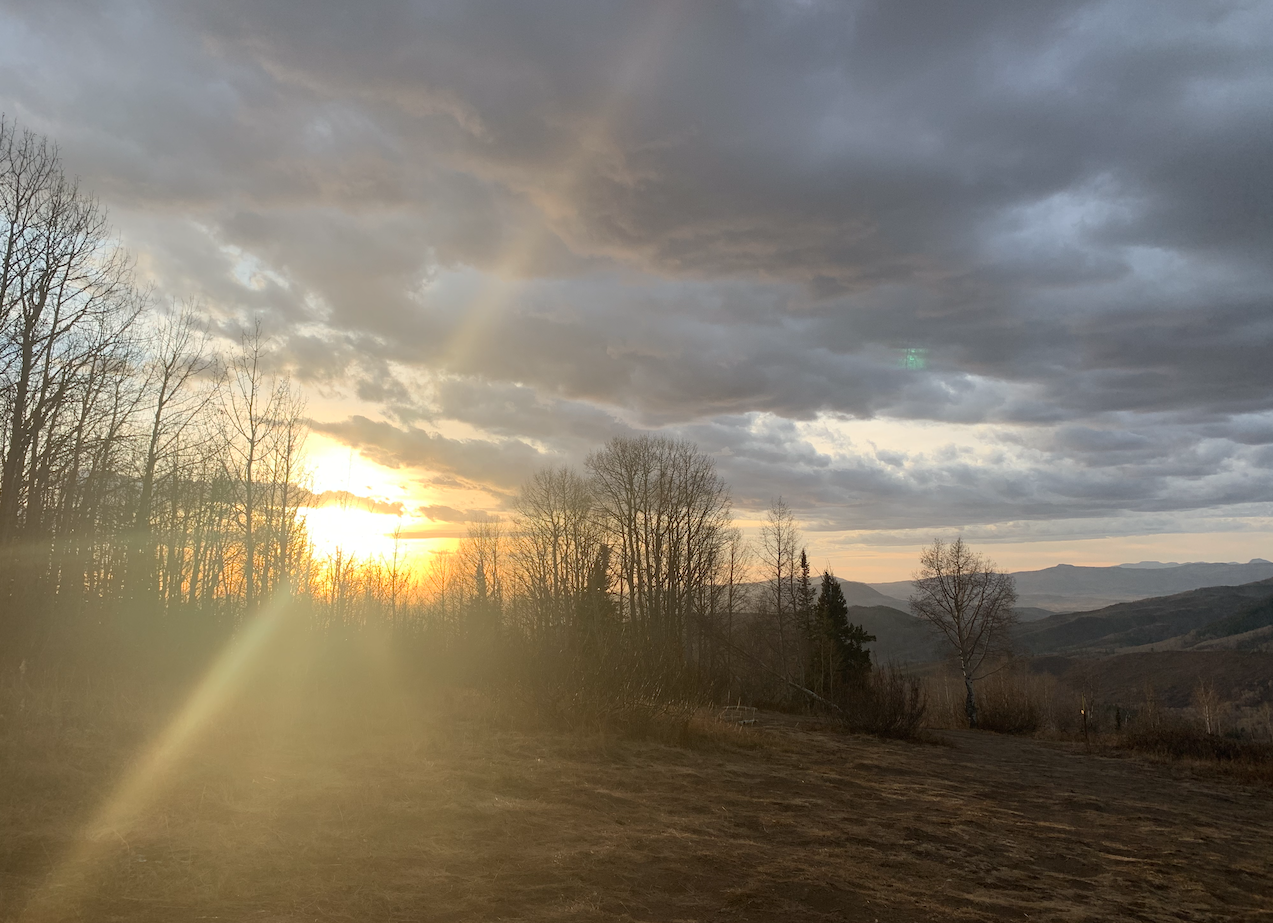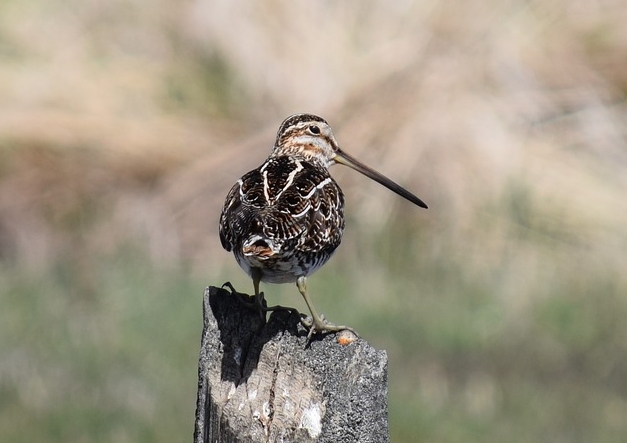That's how I'd sum up the story of John James Audubon's life.
It sounds less like a scientist's life, and more like the saga of an artist. Which maybe all scientists are. Afterall, they go after that great unknown, with no idea of what they'll find, if anything.
Audubon is known for his work with birds: he discovered new species, studied their behavior (he completed the first known "bird banding" experiment in the United States, learning that certain birds return to the same nesting spots each year), and created the massive The Birds of America, known as one of the finest ornithological works ever made.
But his fame and fortune were never guaranteed. Audubon's birth mother died a few months after he was born. When he first arrived in the U.S., he came down with yellow fever. After a visit back to his father in France, an English privateer overtook his ship (Audubon survived, somehow keeping his gold safe). Rats ate his collection of sketches (more than 200), but after weeks of depression, he decided to make the sketches again, this time even better. He went bankrupt in 1819 and was thrown into jail for debt. He made portraits and taught drawing to make ends meet. His wife taught school in order to support their two sons.
About those years when success was nothing more than a dream, he wrote, '[M]y heart was sorely heavy, for scarcely had I enough keep my dear ones alive; and yet through these dark days I was being led to the development of the talents I loved."
Somehow, Audubon stayed focused on his goal: to find and paint all the birds of North America. He attempted to paint one page each day. He was always working to improve: when he discovered one new painting technique, he decided to redo his earlier works.
Then finally in 1826, at the age of 41, Audubon headed for England to show others his paintings. His work was extremely well received and he raised enough money to begin publishing his book.
Per one reviewer: "All anxieties and fears which overshadowed his work in its beginning had passed away. The prophecies of kind but overprudent friends, who did not understand his self-sustaining energy, had proved untrue; the malicious hope of his enemies, for even the gentle lover of nature has enemies, had been disappointed; he had secured a commanding place in the respect and gratitude of men."
Success - finally!
Stories like Audubon's are always stirring. Because they remind us that it takes courage to venture into the unknown. To sacrifice for a dream when the results are not guaranteed. To listen to that small yet insistent voice that tells you to keep working, keep improving, keep trying.
Maybe it's birds. Maybe it's a book. But it's brave to follow those dreams. And see where they take us.
__________
American Crow | Audubon by James Syme, 1826 | Barn Swallow











